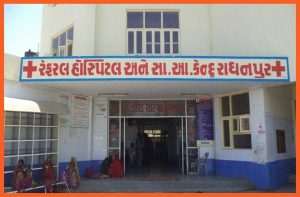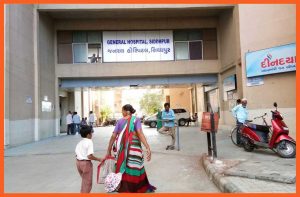Making Rural Health Sector responsive to VaW
The public health system is recognized as one of the most critical sites for addressing domestic violence as there is evidence and women’s testimonies to indicate that the public hospitals and associated health care professionals are uniquely placed to intervene and prevent further violence against women. With 68% of India’s population based in rural areas and evidence indicating that rural women are more vulnerable to gender-based violence (NFHS- 3), a need was felt for evolving a systematic rural health system response to Violence against Women. Rural victims of domestic violence (DV) suffer from ‘isolation’ as they lack social/familial support, limited mobility, lack of information and cultural norms that stress family and traditional gender roles. Primary health care providers can be a lifeline to rural women who experience domestic violence.
As part of a pilot initiative, Crisis intervention and support cells have been setup by SWATI in the predominantly rural (80% of its population is rural) district of Patan,in Gujarat. The first cell was established in 2012, at the Community Health Centre and Referral Hospital, Radhanpur, and is a joint initiative with the Department of Public health and Family Welfare, Government of Gujarat. This initiative has now been expanded and two more cells have been set up in 2016 at general hospital, Siddhpur- a 450 bed hospital and at GMERS college and general hospital, Dharpur- an 800 bed multi-speciality hospital in Patan district. The setting up of additional cells marks a stage in the acceptance of VaW as an issue to be addressed by the public health system. The cells on an average get 36 cases a month, referred from the hospital system and multiple other sources. This number is much higher than what a similar cell in any other location would receive.



